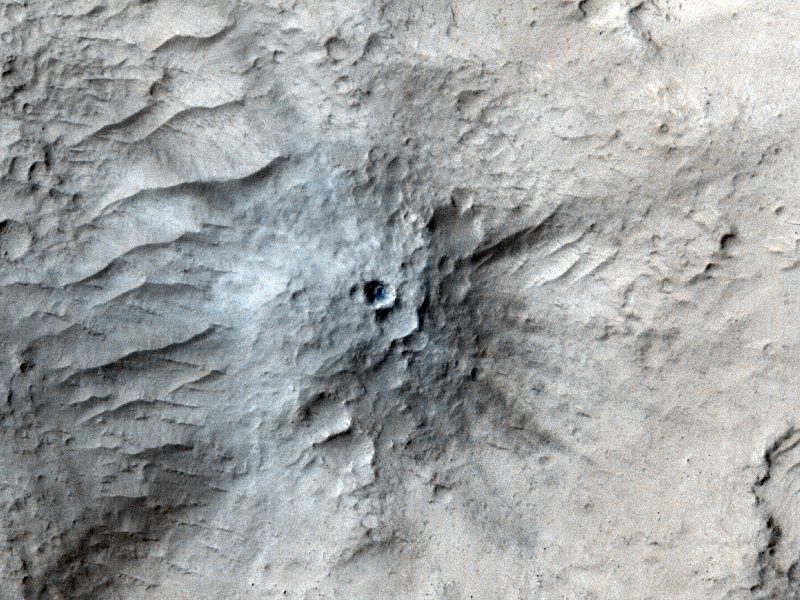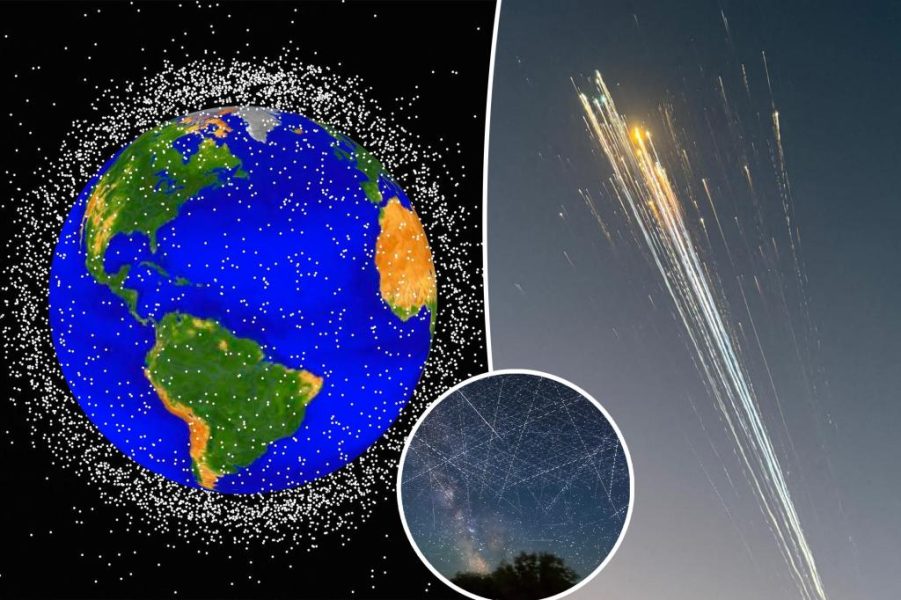Mysterious Nuclear “Bump” Discovered, Challenging Existing Physics Models – The Daily Galaxy –Great Discoveries Channel

A mysterious “bump” has been discovered in the nuclear binding energies of lanthanum isotopes, revealing an unexpected feature that challenges current physics models. This finding has excited physicists and could significantly change our understanding of how heavy elements are formed in extreme cosmic events.In a stunning new discovery, researchers at the University of Jyväskylä, Finland, have uncovered a mysterious “bump” in the nuclear binding energies of lanthanum isotopes. This unexpected feature is challenging our current understanding of nuclear physics and has raised significant questions about the structure of atomic nuclei. The discovery was made after precise measurements of the atomic masses of neutron-rich lanthanum isotopes, using cutting-edge technologies that pushed the limits of nuclear mass spectrometry. These findings have major implications for astrophysics, especially in understanding the creation of heavy elements and the r-process, which is responsible for forming elements like gold and platinum in extreme cosmic environments like neutron star mergers.The bump detected in the lanthanum isotopes occurs when the number of neutrons changes from 92 to 93. This unusual feature could indicate a sudden change in the nuclear structure of the isotopes, something that existing models cannot explain. To make this discovery possible, scientists used the JYFLTRAP Penning trap mass spectrometer, which enabled them to determine the precise masses of six lanthanum isotopes.The discovery of the nuclear bump has major implications for astrophysical models and how we calculate neutron-capture reaction rates, which are crucial for understanding how heavy elements like rare-earth elements form during neutron star mergers. The r-process, which occurs during these cosmic events, is responsible for creating much of the heavy element abundance in the universe. A key element of these processes involves understanding neutron separation energies, which is how much energy is needed to remove a neutron from the nucleus of an isotope.These new measurements have revealed an unexpected feature, suggesting that the current models used to understand these processes are inadequate. The improved neutron-capture rates from the study will allow scientists to better understand the formation of the rare-earth abundance peak in the r-process, but the discrepancy in the data also shows that much more needs to be done to refine these models.“It gives information on the structure of the nucleus and is an essential input to calculate astrophysical neutron-capture rates for the rapid neutron capture (r) process taking place at least in neutron-star mergers, as evidenced, e.g., by the kilonova observation from the merger GW170817,” explains Kankainen.As scientists continue to investigate the nuclear structure responsible for the “bump”, the next steps will include using complementary methods like laser or nuclear spectroscopy to further explore and explain this phenomenon.The discovery of the nuclear bump raises more than just questions about atomic physics—it also has the potential to dramatically shift our understanding of astrophysical processes. If this anomaly is proven to be related to a change in the nuclear structure, it could provide insights into how elements heavier than iron are formed in the cosmos, especially in neutron-star mergers.As neutron-rich isotopes like lanthanum-152 and lanthanum-153 play a pivotal role in the r-process, this discovery could lead to major revisions in astrophysical models. The researchers will continue to explore this anomaly using a variety of advanced techniques and theoretical models. This work will also be crucial in refining our understanding of the r-process and how heavy elements contribute to the evolution of the universe.“After I did the mass data analysis and calculated the two-neutron separation energies, I was surprised to find this feature. None of the current nuclear mass models can explain it. There are some hints it could be caused by a sudden change in the nuclear structure of these isotopes, but it will require further investigations with complementary methods, such as laser or nuclear spectroscopy,” says PhD researcher Arthur Jaries from the University of Jyväskylä.This discovery is just the beginning, and as more research is conducted, scientists are hopeful that it will open up new possibilities for understanding the origins of heavy elements and the forces at play in the most violent events in the universe.The next steps in this research will focus on using complementary techniques such as laser spectroscopy and nuclear resonance methods to further investigate the structure of lanthanum isotopes and uncover the underlying cause of the bump. These methods will allow scientists to build more accurate models that can better predict neutron-capture rates and the behavior of neutron-rich isotopes in extreme astrophysical environments.As nuclear mass models evolve to include these new insights, they will offer deeper insights into the formation of heavy elements, as well as improve our understanding of stellar processes and cosmic events like neutron-star mergers. With ongoing research and refinement of these models, we may be on the verge of discovering new and crucial information that will continue to shape our understanding of the universe’s origins.Got a reaction? Share your thoughts in the commentsEnjoyed this article? Subscribe to our free newsletter for engaging stories, exclusive content, and the latest news.Comment Save my name, email, and website in this browser for the next time I comment.
© 2024 | Daily Galaxy | All rights reserved
Source: https://dailygalaxy.com/2025/02/nuclear-bump-challenging-existing-physics/






